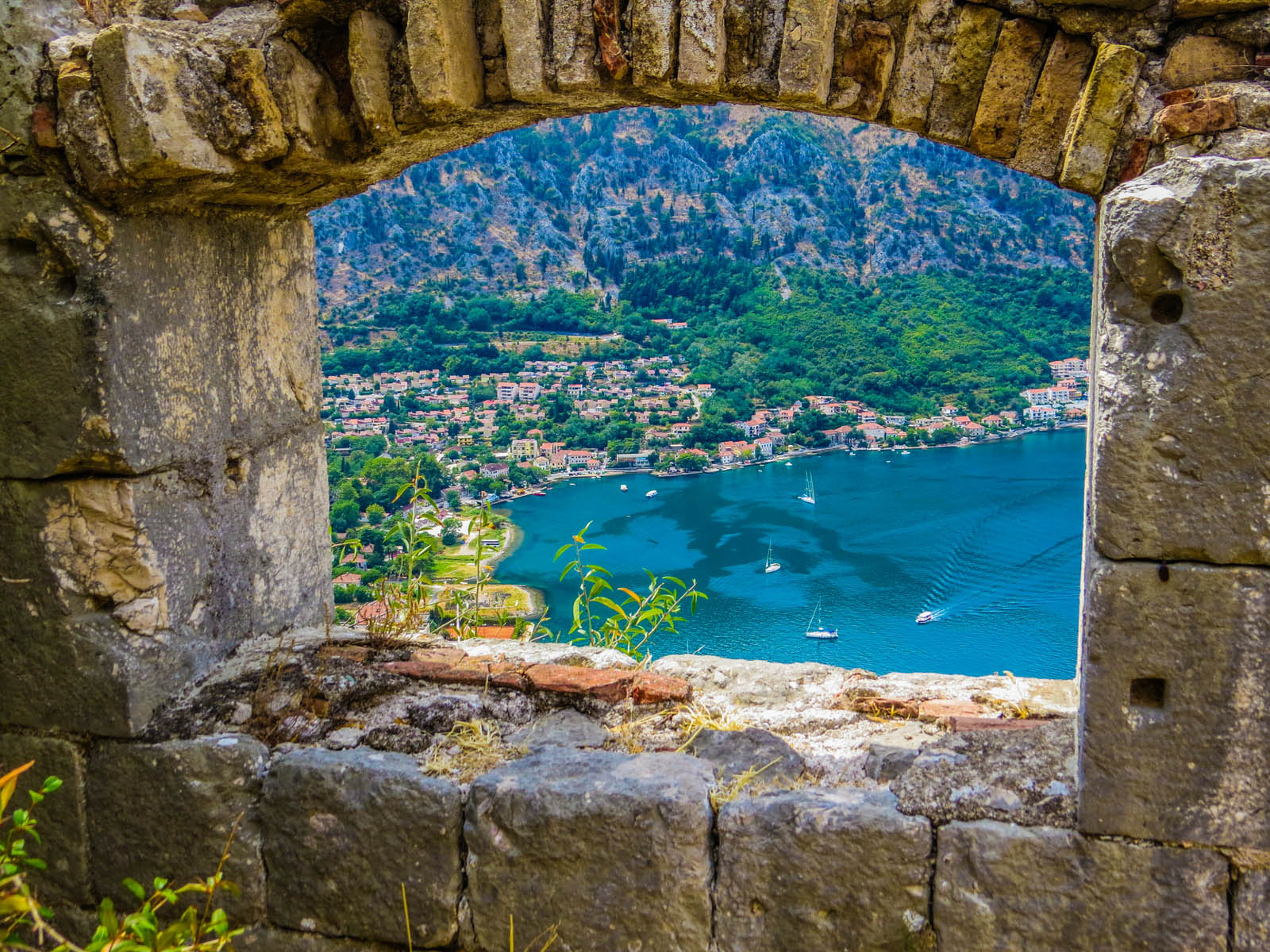molecular-designs.com – Montenegro, a small country on the Adriatic coast, boasts a rich and diverse cultural heritage that spans centuries. From its medieval monasteries and fortresses to its traditional music and customs, Montenegro’s cultural legacy is a testament to its complex history and the resilience of its people. Preserving this heritage is not only a matter of national pride but also an essential aspect of sustainable tourism and community development.
The Rich Tapestry of Montenegro’s Cultural Heritage
Montenegro’s cultural heritage is a blend of influences from the Illyrians, Romans, Byzantines, Venetians, Ottomans, and Austro-Hungarians, among others. This fusion has resulted in a unique cultural identity that is evident in the country’s architecture, art, cuisine, and traditions.
Architectural Marvels
Montenegro is home to numerous UNESCO World Heritage Sites, including the historic towns of Kotor and Budva. These walled cities are replete with palaces, churches, and fortifications that have stood the test of time. The country also features a plethora of Orthodox monasteries, such as Ostrog Monastery, which is carved into a mountainside and is a site of pilgrimage.
Traditional Music and Dance
The gusle, a traditional string instrument, is emblematic of Montenegrin music. Accompanied by epic poetry, it tells stories of heroism and history. Folk dances, such as the Oro, are performed at festivals and celebrations, showcasing the country’s rich oral tradition and communal spirit.
Cuisine and Crafts
Montenegrin cuisine is a reflection of its history, with influences from the Mediterranean and the Balkans. Local specialties include seafood, lamb, and a variety of cheeses. Handicrafts, such as weaving and pottery, are also an integral part of Montenegrin culture, with artisans keeping these traditions alive.
Efforts to Preserve Montenegro’s Cultural Heritage
Preserving cultural heritage is a delicate balance between conservation and adaptation. Montenegro has taken several steps to ensure that its cultural legacy is safeguarded for future generations.
Legal and Institutional Frameworks
The Montenegrin government has established laws and regulations to protect historical sites and cultural artifacts. The Ministry of Culture and numerous non-governmental organizations (NGOs) are actively involved in conservation efforts.
Restoration Projects
Many historical buildings and monuments are undergoing restoration to preserve their original beauty and integrity. These projects often involve international cooperation and funding to ensure the highest standards of preservation.
Education and Community Involvement
Educational programs and workshops are organized to raise awareness about the importance of cultural heritage. Local communities are encouraged to participate in the preservation efforts, ensuring that traditions are passed down through generations.
Sustainable Tourism
Montenegro promotes sustainable tourism that respects and highlights its cultural heritage. This approach helps to generate revenue for conservation projects while educating visitors about the country’s rich history and traditions.
Conclusion
Montenegro’s cultural heritage is a precious asset that reflects the country’s history, identity, and spirit. By taking proactive measures to preserve this heritage, Montenegro ensures that its past is honored and that its future is enriched by the legacy of its ancestors. As the world continues to evolve, Montenegro stands as a beacon of cultural preservation, reminding us of the importance of cherishing and protecting our collective past.
